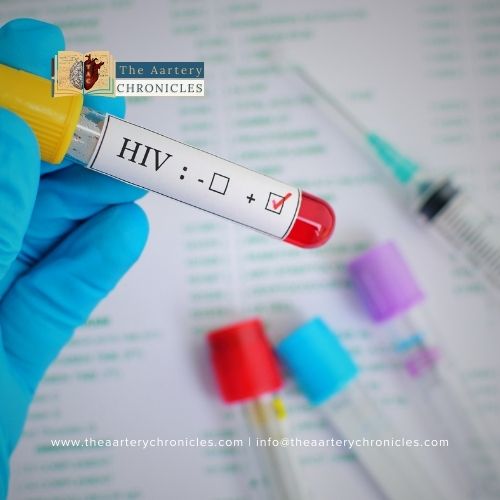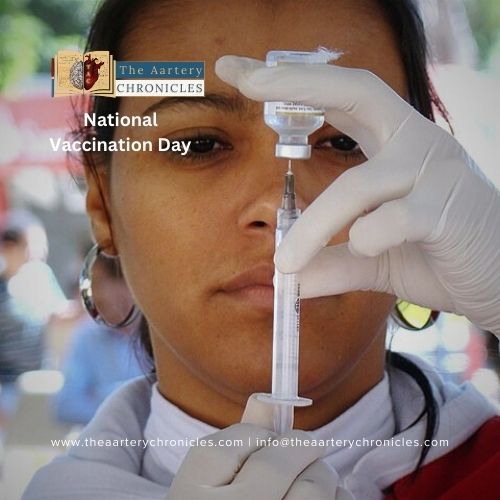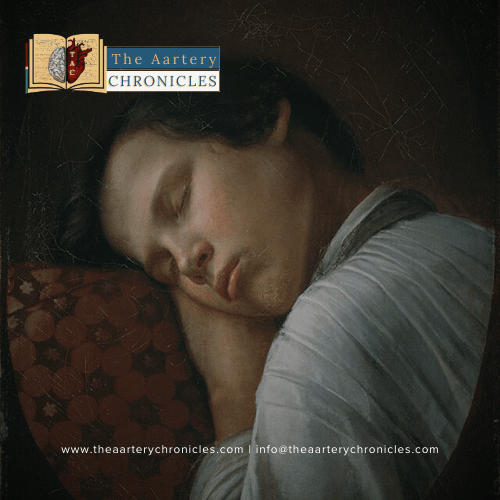
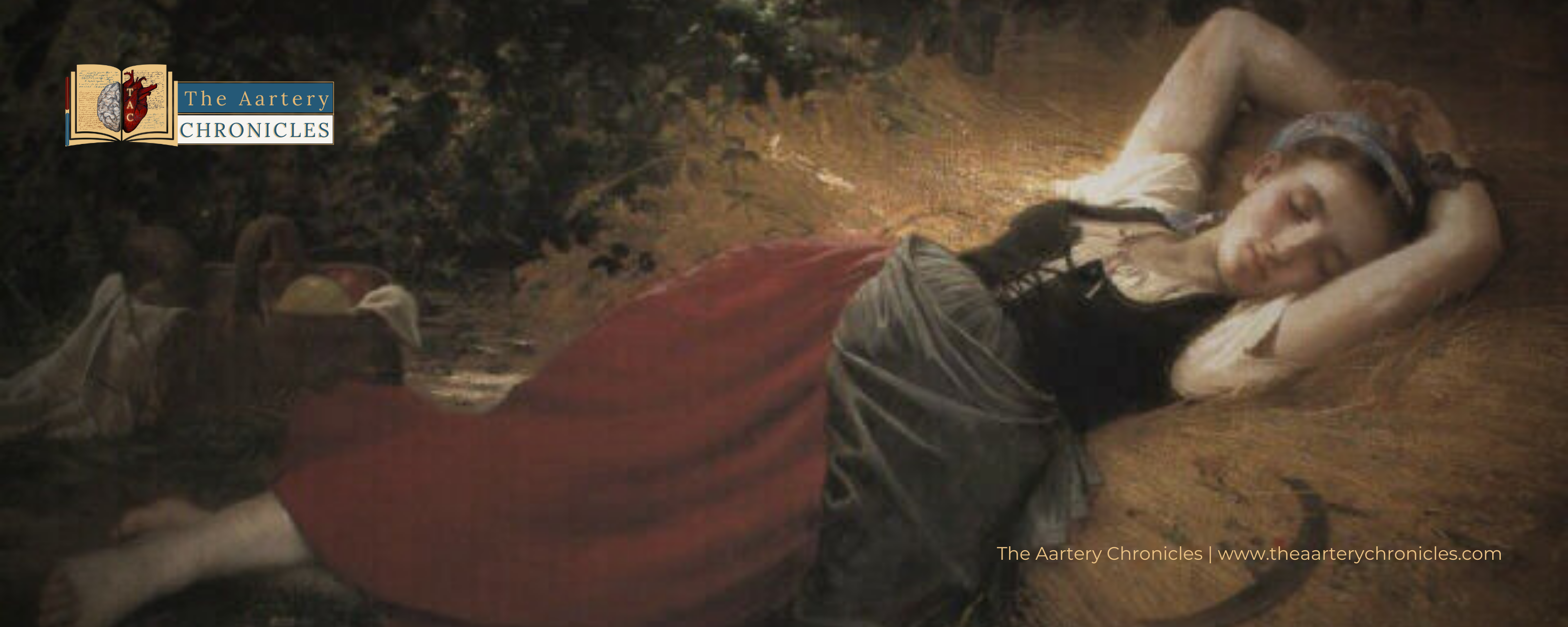
The Molecular Mechanisms Controlling Circadian Rhythms: From Clock Genes to Health Implications
Introduction
Circadian rhythms, the internally generated daily rhythms that govern biological processes in organisms across the spectrum of life, have long captivated the curiosity of scientists and researchers. This article delves into the fascinating world of circadian rhythms, exploring their molecular underpinnings and shedding light on their profound influence on health and well-being.
The term “circadian” derives from Latin words meaning “around” and “day,” reflecting the ability of these rhythms to synchronize organisms with the regular day-night cycles driven by the Earth’s rotation. From single-celled organisms to complex multicellular life forms like fungi, plants, insects, rodents, and humans, circadian rhythms are ubiquitous, orchestrating a wide array of physiological processes. At their core, circadian systems consist of three essential components: a 24-hour rhythm generator or oscillator, entrainment mechanisms that connect the oscillator to external cues like light (known as zeitgebers), and output mechanisms that coordinate various physiological processes.
Historical Insights
The historical journey into our understanding of circadian rhythms began with observations of plant leaf and flower movements. French astronomer Jean Jacques d’Ortous de Mairan’s work in the early 18th century provided early evidence of the endogenous nature of these rhythms. Subsequently, Erwin Bünning’s studies on the inheritance of circadian rhythms in plants further illuminated the complexity of these biological clocks.
However, the pivotal breakthrough came with the discovery of “clock genes.” Seymour Benzer and Ronald Konopka, in their groundbreaking research, identified mutant fruit flies with altered circadian phenotypes. They successfully isolated the “period” gene and elucidated its critical role in the circadian clock.

The Transcription-Translation Feedback Loop (TTFL)
Central to our understanding of circadian rhythms is the Transcription-Translation Feedback Loop (TTFL), a molecular dance of clock genes and their protein products. At the heart of this mechanism lies the negative autoregulatory feedback model, where the accumulation of specific proteins curtails the expression of clock genes, resulting in a self-sustained oscillation. Further components, such as the Clock and Cycle genes in mice, were uncovered, shedding light on positive transcriptional regulation. TIM and PER, key players in this intricate choreography, were found to interact in the regulation of their levels.
Complex Molecular Machinery
The circadian clockwork is a marvel of complexity, involving processes like protein phosphorylation, degradation, complex assembly, and various post-translational modifications. These intricate mechanisms work together seamlessly to generate the 24-hour oscillations observed in organisms. Remarkably, while the specific components may vary, the TTFL-based circadian mechanisms are conserved across a spectrum of life forms, including mammals, plants, cyanobacteria, and eukaryotes.
Entrainment and Synchronization
Understanding how central and peripheral circadian clocks synchronize with external cues is another facet of circadian biology explored in this article. The suprachiasmatic nucleus, a central pacemaker in mammals, orchestrates this symphony, and peripheral clocks harmonize with it. The interactions between these clocks and their response to cues such as light, feeding, and physical activity are analyzed, unravelling the molecular mechanisms underpinning synchronization.
Circadian Rhythms and Human Health
The impact of circadian biology on human health takes centre stage as we delve into the implications of disrupted circadian rhythms. Sleep patterns, hormone release, metabolism, and overall well-being are all influenced by the circadian clock. Disruptions in these rhythms have been linked to a range of health issues, from sleep disorders to mental health problems and even diseases like cancer and neurodegenerative disorders. Strategies for mitigating these health risks are explored in depth.
The Transcription-Translation Feedback Loop (TTFL)
Central to our understanding of circadian rhythms is the Transcription-Translation Feedback Loop (TTFL), a molecular dance of clock genes and their protein products. At the heart of this mechanism lies the negative autoregulatory feedback model, where the accumulation of specific proteins curtails the expression of clock genes, resulting in a self-sustained oscillation. Further components, such as the Clock and Cycle genes in mice, were uncovered, shedding light on positive transcriptional regulation. TIM and PER, key players in this intricate choreography, were found to interact in the regulation of their levels.
Complex Molecular Machinery
The circadian clockwork is a marvel of complexity, involving processes like protein phosphorylation, degradation, complex assembly, and various post-translational modifications. These intricate mechanisms work together seamlessly to generate the 24-hour oscillations observed in organisms. Remarkably, while the specific components may vary, the TTFL-based circadian mechanisms are conserved across a spectrum of life forms, including mammals, plants, cyanobacteria, and eukaryotes.
Entrainment and Synchronization
Understanding how central and peripheral circadian clocks synchronize with external cues is another facet of circadian biology explored in this article. The suprachiasmatic nucleus, a central pacemaker in mammals, orchestrates this symphony, and peripheral clocks harmonize with it. The interactions between these clocks and their response to cues such as light, feeding, and physical activity are analyzed, unravelling the molecular mechanisms underpinning synchronization.
Circadian Rhythms and Human Health
The impact of circadian biology on human health takes centre stage as we delve into the implications of disrupted circadian rhythms. Sleep patterns, hormone release, metabolism, and overall well-being are all influenced by the circadian clock. Disruptions in these rhythms have been linked to a range of health issues, from sleep disorders to mental health problems and even diseases like cancer and neurodegenerative disorders. Strategies for mitigating these health risks are explored in depth.
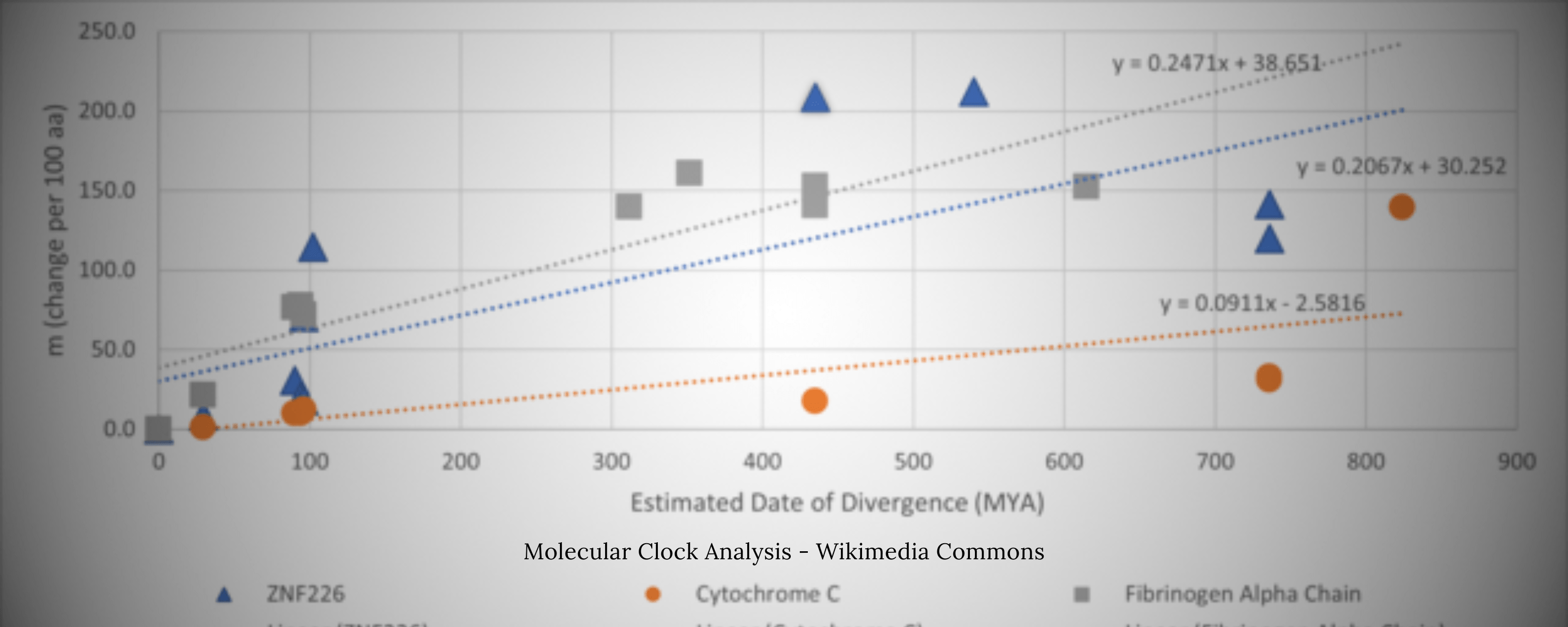
Molecular Players in the Circadian Orchestra
Several key proteins play pivotal roles in controlling circadian rhythms. These proteins interact and regulate each other in complex ways, forming the molecular basis of circadian clock mechanisms. Here are the prominent proteins and their roles as outlined in the article:
Molecular Players in the Circadian Orchestra
Several key proteins play pivotal roles in controlling circadian rhythms. These proteins interact and regulate each other in complex ways, forming the molecular basis of circadian clock mechanisms. Here are the prominent proteins and their roles as outlined in the article:
PER is a cornerstone of the TTFL, forming a negative autoregulatory feedback loop. Its intricate regulation involves attenuating the expression of its gene (period), contributing to the generation of circadian oscillations.
TIM interacts with PER in the TTFL, influencing its nuclear localization and degradation. The coordinated cycling of TIM levels with PER plays a vital role in circadian regulation.
Found in mammals, these proteins form a transcriptional complex that positively regulates the transcription of clock genes, including period and timeless. Their role in promoting circadian component expression is crucial.
In mammals, CRY interacts with TIM in the presence of light, promoting TIM's degradation. This interaction influences the circadian feedback loop by affecting TIM degradation.
DBT phosphorylates the PER protein, initiating its degradation. This kinase introduces delays necessary for the 24-hour oscillations observed in circadian rhythms.
CLK, in conjunction with CYCLE, forms a transcriptional complex that positively regulates clock gene transcription, further contributing to circadian component expression.
Conclusion
Intricate, elegant, and ubiquitous, circadian rhythms have captivated scientists for centuries. From their historical roots in plant movements to the modern insights into clock genes and molecular mechanisms, our understanding of circadian biology has grown exponentially. The impact of circadian rhythms on human health underscores their significance in our lives, necessitating further research into strategies for safeguarding our internal biological clocks.
This article has explored various aspects of circadian biology, from evolution and synchronization to the molecular intricacies of TTFL regulation. Additionally, the implications of disrupted circadian rhythms on health have been illuminated, offering a glimpse into the complex interplay between our internal clocks and well-being.
As we journey deeper into the realm of circadian rhythms, there remains a world of uncharted territory, with potential topics for exploration ranging from comparative analysis of clock genes in different organisms to the environmental impact on circadian rhythms. The mysteries of circadian biology continue to beckon, promising to unveil even more fascinating insights into the molecular mechanisms that govern our daily lives.
- L; FR. The Rhythms Of Life: What Your Body Clock Means To You! [Internet]. U.S. National Library Of Medicine; 2014. Available From: Https://Pubmed.Ncbi.Nlm.Nih.Gov/24363383/
- Ibäñez C. The 2017 Nobel Prize In Physiology Or Medicine – Advanced Information: Discoveries Of Molecular Mechanisms Controlling The Circadian Rhythm. Nobelprize.Org. Nobel Media AB 2014. Http://Www.Nobelprize.Org/Nobel_prizes/Medicine/Laureates/2017/Advanced.Html
- Konopka R.J., Benzer S. Clock Mutants Of Drosophila Melanogaster. Proc Natl Acad Sci USA. 1971;68:2112–2116. Available From: Https://Www.Ncbi.Nlm.Nih.Gov/Pmc/Articles/PMC389363/
- Rosbash M.A. 50-Year Personal Journey: Location, Gene Expression, And Circadian Rhythms. Cold Spring Harb Perspect Biol. 2017;9:A032516. Available From: Https://Www.Ncbi.Nlm.Nih.Gov/Pmc/Articles/PMC5710103/
- Bargiello T.A., Young M.W. Molecular Genetics Of A Biological Clock In Drosophila. Proc Natl Acad Sci USA. 1984;81:2142–2146. Available From: Https://Www.Ncbi.Nlm.Nih.Gov/Pmc/Articles/PMC345453/
- Bargiello T.A., Jackson F.R., Young M.W. Restoration Of Circadian Behavioural Rhythms By Gene Transfer In Drosophila. Nature. 1984;312:752–754. Available From: Https://Pubmed.Ncbi.Nlm.Nih.Gov/6440029/
- Reddy P., Zehring W.A., Wheeler D.A., Pirrotta V., Hadfield C., Hall J.C. Molecular Analysis Of The Period Locus In Drosophila Melanogaster And Identification Of A Transcript Involved In Biological Rhythms. Cell. 1984;38:701–710. Available From: Https://Pubmed.Ncbi.Nlm.Nih.Gov/6435882/
- Zehring W.A., Wheeler D.A., Reddy P., Konopka R.J., Kyriacou C.P., Rosbash M. P-Element Transformation With Period Locus DNA Restores Rhythmicity To Mutant, Arrhythmic Drosophila Melanogaster. Cell. 1984;39:369–376. Available From: Https://Pubmed.Ncbi.Nlm.Nih.Gov/6094014/
- Crews S.T., Thomas J.B., Goodman C.S. The Drosophila Single-Minded Gene Encodes A Nuclear Protein With Sequence Similarity To The Per Gene Product. Cell. 1988;52:143–152. Available From: Https://Pubmed.Ncbi.Nlm.Nih.Gov/3345560/
- Siwicki K.K., Eastman C., Petersen G., Rosbash M., Hall J.C. Antibodies To The Period Gene Product Of Drosophila Reveal Diverse Tissue Distribution And Rhythmic Changes In The Visual System. Neuron. 1988;1:141–150. Available From: Https://Pubmed.Ncbi.Nlm.Nih.Gov/3152288/
- Hardin P.E., Hall J.C., Rosbash M. Feedback Of The Drosophila Period Gene Product On Circadian Cycling Of Its Messenger RNA Levels. Nature. 1990;343:536–540. Available From: Https://Pubmed.Ncbi.Nlm.Nih.Gov/2105471/
- Liu X., Zwiebel L.J., Hinton D., Benzer S., Hall J.C., Rosbash M. The Period Gene Encodes A Predominantly Nuclear Protein In Adult Drosophila. J Neurosci. 1992;12:2735–2744. Available From: Https://Www.Ncbi.Nlm.Nih.Gov/Pmc/Articles/PMC6575836/
- Zeng H., Hardin P.E., Rosbash M. Constitutive Overexpression Of The Drosophila Period Protein Inhibits Period MRNA Cycling. EMBO J. 1994;13:3590–3598. Available From: Https://Www.Ncbi.Nlm.Nih.Gov/Pmc/Articles/PMC395264/
- Myers M.P., Wager-Smith K., Wesley C.S., Young M.W., Sehgal A. Positional Cloning And Sequence Analysis Of The Drosophila Clock Gene Timeless. Science. 1995;270:805–808. Available From: Https://Pubmed.Ncbi.Nlm.Nih.Gov/7481771/
- Sehgal A., Rothenfluh-Hilfiker A., Hunter-Ensor M., Chen Y., Myers M., Young M.W. Rhythmic Expression Of Timeless: A Basis For Promoting Circadian Cycles In Period Gene Autoregulation. Science. 1995;270:808–810. Available From: Https://Pubmed.Ncbi.Nlm.Nih.Gov/7481772/
- Sehgal A., Price J., Man B., Young M. Loss Of Circadian Behavioural Rhythms And Per RNA Oscillations In The Drosophila Mutant Timeless. Science. 1994;263:1603–1606. Available From: Https://Pubmed.Ncbi.Nlm.Nih.Gov/8128246/
- Gekakis N., Saez L., Delahaye-Brown A., Myers M.P., Sehgal A., Young M.W. Isolation Of Timeless By PER Protein Interactions: Defective Interaction Between Timeless Protein And Long-Period Mutant PERL. Science. 1995;270:811–815. Available From: Https://Pubmed.Ncbi.Nlm.Nih.Gov/7481773/
- Vosshall L.B., Price J.L., Sehgal A., Saez L., Young M.W. Block In Nuclear Localization Of Period Protein By A Second Clock Mutation, Timeless. Science. 1994;263:1606–1609. Available From: Https://Pubmed.Ncbi.Nlm.Nih.Gov/8128247/
- Price J.L., Dembinska M.E., Young M.W., Rosbash M. Suppression Of PERIOD Protein Abundance And Circadian Cycling By The Drosophila Clock Mutation Timeless. EMBO J. 1995;14:4044–4049. Available From: Https://Www.Ncbi.Nlm.Nih.Gov/Pmc/Articles/PMC394482/
- Vitaterna M.H., King D.P., Chang A.M., Kornhauser J.M., Lowrey P.L., McDonald J.D. Mutagenesis And Mapping Of A Mouse Gene, Clock, Essential For Circadian Behaviour. Science. 1994;264:719–725. Available From; Https://Www.Ncbi.Nlm.Nih.Gov/Pmc/Articles/PMC3839659/
- King D.P., Zhao Y., Sangoram A.M., Wilsbacher L.D., Tanaka M., Antoch M.P. Positional Cloning Of The Mouse Circadian Clock Gene. Cell. 1997;89:641–653. Available From: Https://Www.Ncbi.Nlm.Nih.Gov/Pmc/Articles/PMC3815553/
- Antoch M.P., Song E.J., Chang A.M., Vitaterna M.H., Zhao Y., Wilsbacher L.D. Functional Identification Of The Mouse Circadian Clock Gene By Transgenic BAC Rescue. Cell. 1997;89:655–667. Available From: Https://Www.Ncbi.Nlm.Nih.Gov/Pmc/Articles/PMC3764491/
- Gekakis N., Staknis D., Nguyen H.B., Davis C.F., Wilsbacher L.D., King D.P. Role Of The CLOCK Protein In The Mammalian Circadian Mechanism. Science. 1998;280:1564–1569. Available From: Https://Pubmed.Ncbi.Nlm.Nih.Gov/9616112/
- Darlington T.K., Wager-Smith K., Ceriani M.F., Staknis D., Gekakis N., Steeves T.D.L. Closing The Circadian Feedback Loop: CLOCK-Induced Transcription Of Its Own Inhibitors, Period And Timeless. Science. 1998;280:1599–1603. Available From: Https://Pubmed.Ncbi.Nlm.Nih.Gov/9616122/
- Allada R., White N.E., So W.V., Hall J.C., Rosbash M. A Mutant Drosophila Homolog Of Mammalian Clock Disrupts Circadian Rhythms And Transcription Of Period And Timeless. Cell. 1998;93:791–804. Available From: Https://Pubmed.Ncbi.Nlm.Nih.Gov/9630223/
- Rutila J.E., Suri V., Le M., So W.V., Rosbash M., Hall J.C. CYCLE Is A Second BHLH-PAS Clock Protein Essential For Circadian Rhythmicity And Transcription Of Drosophila Period And Timeless. Cell. 1998;93:805–814. Available From: Https://Pubmed.Ncbi.Nlm.Nih.Gov/9630224/
- Price J.L., Blau J., Rothenfluh A., Abodeely M., Kloss B., Young M.W. Double-Time Is A Novel Drosophila Clock Gene That Regulates PERIOD Protein Accumulation. Cell. 1998;94:83–95. Available From: Https://Pubmed.Ncbi.Nlm.Nih.Gov/9674430/
- Kloss B., Price J.L., Saez L., Blau J., Rothenfluh A., Wesley C.S. The Drosophila Clock Gene Double-Time Encodes A Protein Closely Related To Human Casein Kinase Iε Cell. 1998;94:97–107. Available From: Https://Pubmed.Ncbi.Nlm.Nih.Gov/9674431/
- Lowrey P.L., Shimomura K., Antoch M.P., Yamazaki S., Zemenides P.D., Ralph M.R. Positional Syntenic Cloning And Functional Characterization Of The Mammalian Circadian Mutation Tau. Science. 2000;288:483–492. Available From: Https://Www.Ncbi.Nlm.Nih.Gov/Pmc/Articles/PMC3869379/
- Reppert S.M., Weaver D.R. Molecular Analysis Of Mammalian Circadian Rhythms. Annu Rev Physiol. 2001;63:647–676. Available From: Https://Pubmed.Ncbi.Nlm.Nih.Gov/11181971/
- Nohales M.A., Kay S.A. Molecular Mechanisms At The Core Of The Plant Circadian Oscillator. Nat Struct Mol Biol. 2016;23:1061–1069. Available From: Https://Www.Ncbi.Nlm.Nih.Gov/Pmc/Articles/PMC7750160/
- Baker C.L., Loros J.J., Dunlap J.C. The Circadian Clock Of Neurospora Crassa. FEMS Microbiol Rev. 2011;36:95–110. Available From: Https://Www.Ncbi.Nlm.Nih.Gov/Pmc/Articles/PMC3203324/
- Ishiura M., Kutsuna S., Aoki S., Iwasaki H., Andersson C.R., Tanabe A. Expression Of A Gene Cluster KaiABC As A Circadian Feedback Process In Cyanobacteria. Science. 1998;281:1519–1523. Available From: Https://Pubmed.Ncbi.Nlm.Nih.Gov/9727980/
- Brown S.A., Kowalska E., Dallmann R. (Re)Inventing The Circadian Feedback Loop. Dev Cell. 2012;13:477–487.Available From: Https://Pubmed.Ncbi.Nlm.Nih.Gov/22421040/
- Nakajima M., Imai K., Ito H., Nishiwaki T., Murayama Y., Iwasaki H. Reconstitution Of Circadian Oscillation Of Cyanobacterial KaiC Phosphorylation In Vitro. Science. 2005;308:414–415. Available From: Https://Pubmed.Ncbi.Nlm.Nih.Gov/15831759/
- O'Neill J.S., Reddy A.B. Circadian Clocks In Human Red Blood Cells. Nature. 2011;469:498–503. Available From: Https://Www.Ncbi.Nlm.Nih.Gov/Pmc/Articles/PMC3040566/
- O'Neill J.S., Van Ooijen G., Dixon L.E., Troein C., Corellou F., Bouget F.Y. Circadian Rhythms Persist Without Transcription In A Eukaryote. Nature. 2011;469:554–558. Available From: Https://Www.Ncbi.Nlm.Nih.Gov/Pmc/Articles/PMC3040569/
- Edgar R.S., Green E.W., Zhao Y., Van Ooijen G., Olmedo M., Qin X. Peroxiredoxins Are Conserved Markers Of Circadian Rhythms. Nature. 2012;485:459–464. Available From; Https://Www.Ncbi.Nlm.Nih.Gov/Pmc/Articles/PMC3398137/

Author: Dr Darshit Patel
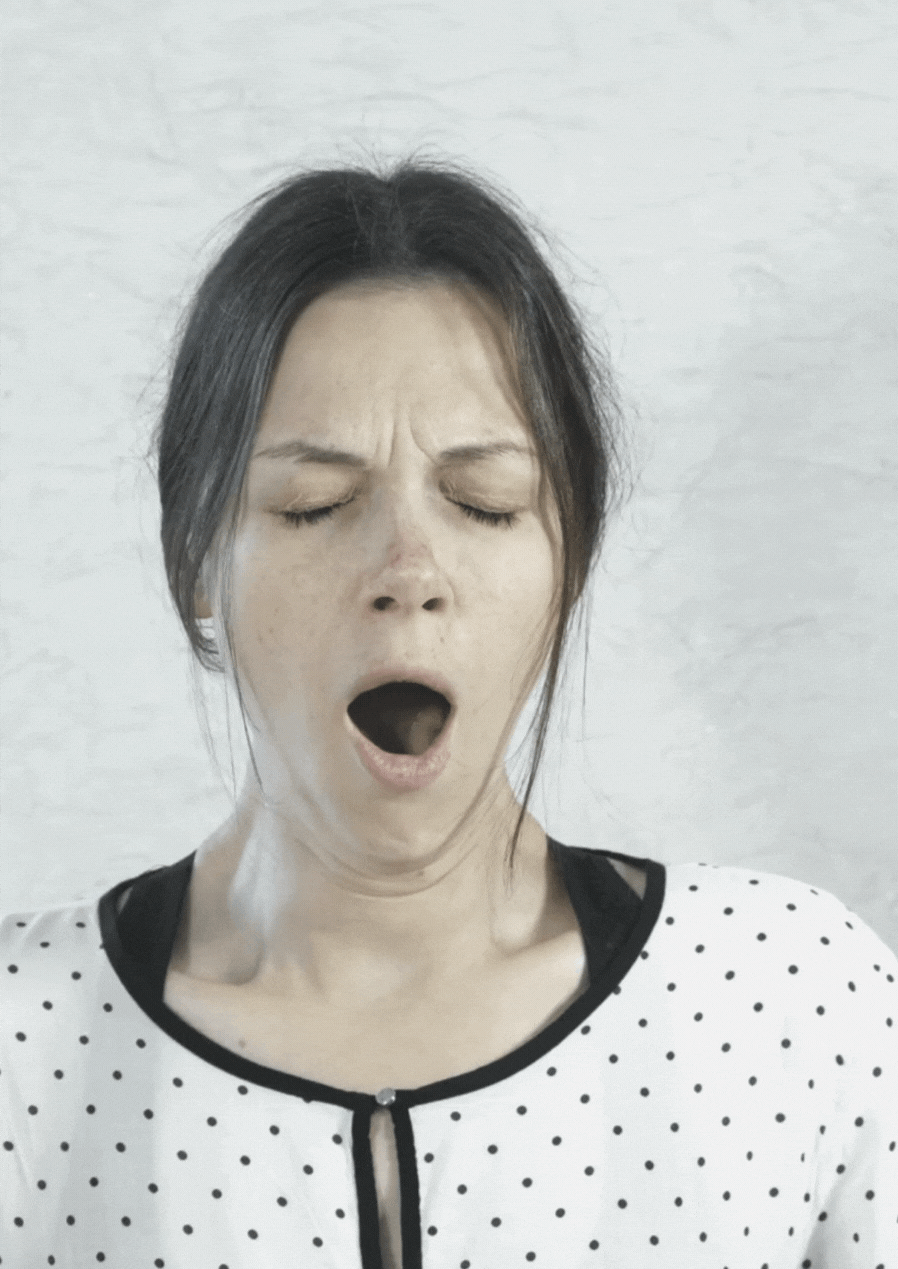
The Sleep Quiz
Test your knowledge about the importance of sleep with this informative and engaging quiz. Whether you’re a medical professional looking to assess your clinical expertise or a member of the general population interested in improving your sleep habits, these multiple-choice questions cover a range of sleep-related topics.
This Quiz Is Based On The Articles On ‘Circadian Rythm and Sleep’ By Dr Darshit Patel:
The Sleep Quiz
Test Your Knowledge About The Importance Of Sleep With This Informative And Engaging Quiz. Whether You’re A Medical Professional Looking To Assess Your Clinical Expertise Or A Member Of The General Population Interested In Improving Your Sleep Habits, These Multiple-Choice Questions Cover A Range Of Sleep-Related Topics.
Dr.
This Quiz Is Based On The Articles On ‘Circadian Rythm And Sleep’ By Dr Darshit Patel:


